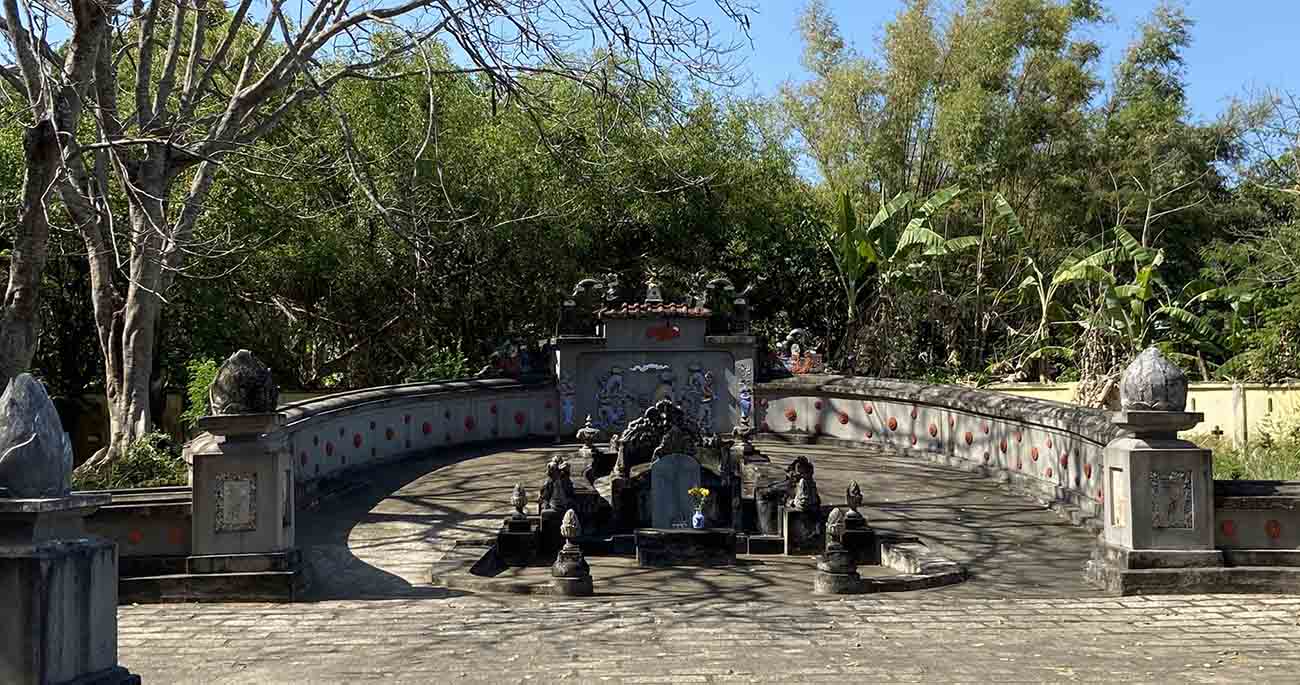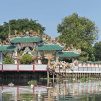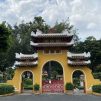
A small township packing a surprising amount of history punch
Before taking you on a journey to Gò Công, here’s three things I learnt about the tiny town (for Vietnam, that is) that surprised me. First, there are apparently 350 ancient houses located within Tien Giang province, of which two thirds are situated in Go Cong – impressive! (I was unable to find a standard definition for “ancient house” but let’s just say that in my experience, they are beautiful old houses and villas that are well over 100 years old).
Second, Empress Nam Phương, the much loved last empress of Vietnam and wife of Bảo Đại, the last emperor of Vietnam, was born in Go Cong in 1914.
And third, Dinh Tỉnh Trưởng Gò Công/the Go Cong Provincial Governor’s Palace, a magnificent mansion over 130 years old and often visually associated with online searches for the township (see this example) was demolished this year. Boooooo! Construction of the two-story mansion commenced in 1885, using materials shipped over from France. So sad that it met the same fate as so many old French villas over the years.
But let’s move on to the beauty that still remains!
Lăng Hoàng Gia/The Royal Mausoleum:
This is the final resting place of members of the Pham Đăng family, a clan of mandarins and aristocrats, famous in the south of Vietnam during the 1800s and early 1900s. The impressive tomb of Phạm Đăng Hưng, the patriarch of the family, was built the year following his death in 1825. Phạm Dang Hung was not only the maternal grandfather of Emperor Tự Đức, but he also served as a mandarin from the early to mid-1800s during the Nguyen Dynasty. His tomb was built by skilled artisans brought down from Huế (former ancient capital of the Nguyen Dynasty) that specialised in the construction of mausoleums and royal palaces, as well as local artisans. Built in a unique architectural style, it was decorated with delicate elements including dragons, unicorns, tigers, carp, and flowers.
The historic site also features a beautiful old house which was once the residence of the Queen Mother (mother of Emperor Tu Duc) when she was a child, however the sparsely decorated building now serves as a worshipping house.
Visit our Facebook page to enjoy some images of The Royal Mausoleum.
Nhà Đốc Phú Hải/Governor Nguyễn Văn Hải’s Palace:
Built in 1890, this house incorporates both eastern and western architectural elements and styles. Despite a number of renovations and a major restoration, it is said that it retains its original architecture. You will find curved French-style floor tiles and arches, interlocking yin and yang roof tiles and delicately carved timber panels featuring sacred animals. The entire house is supported by 36 pillars, 30 of which are precious hardwoods.
There are also some impressive antiques on display, with 70 decorative pieces including tables and chairs crafted out of marble, 17th century porcelain from Vietnam and China, traditional Vietnamese motifs beaded onto red velvet and, a bed carved with embossed floral motifs and inlaid with mother of pearl. There’s a definite wow factor as you wander through this house.
Location:
Go Cong is located in Tien Giang province in the Mekong Delta. While just 55km south from downtown Ho Chi Minh City, expect to travel around 1.5 hrs by car or bus.
– Lăng Hoàng Gia/Royal Mausoleum is located in Long Hưng ward, however there is no signage so it is likely you would need local assistance to find it.
– Nhà Đốc Phú Hải/Doc Phu Hai House, is located at 49 Hai Ba Trung Street, Ward 2.
#gocong #vietnamhistory #ancienthouses #mekongdelta #daytripsfromsaigon






